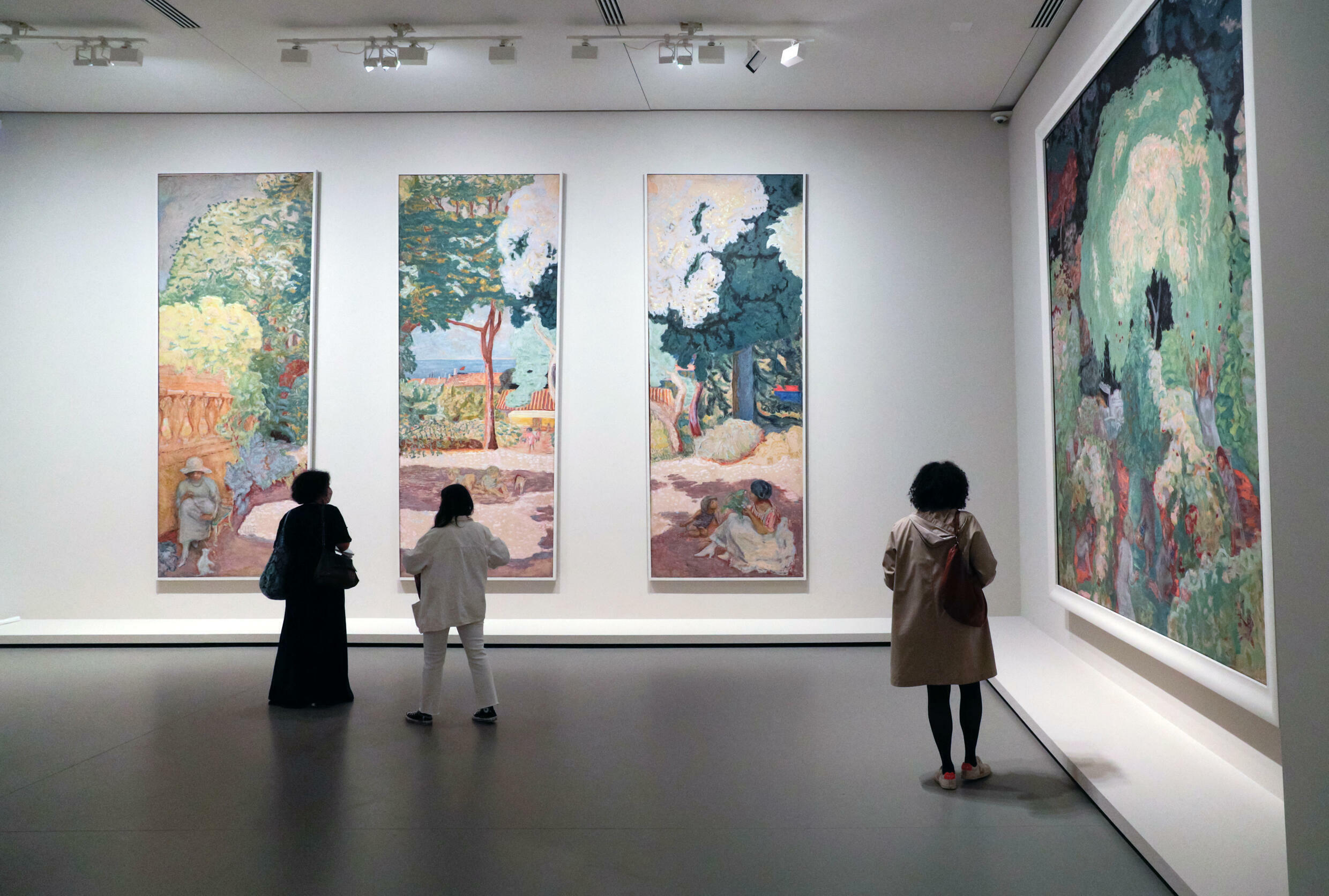The Russian Morozov collection drew over one million visitors during its 6 month display at the Foundation Louis Vuitton in Paris. However, this remarkable feat has been overshadowed the French culture ministry’s decision to retain two of the works due to the war in Ukraine.
"We registered 1.25 million visitors, 84 percent of them French," the Foundation said, indicating that although it didn’t top the 2016-2017 Russian Shchukin Collection (1.3 million) visitors, it was indeed exceptional.
The slightly lower score was attributed to the restrictions in place due to the Covid pandemic and the absence of foreign visitors, notably from Asia.
The collection, started by brothers Mikhaïl and Ivan Abramovitch Morozov at the start of the 20th century, includes works by European masters such as Van Gogh, Cézanne, as well as works of Russian art by the likes of Malevitch and Répine.
Initially planned until 22 February, the "Collection Morozov; icons of modern art" was extended until 3 April 2022.
It was the first time that a collection of this size – more than 200 works - has been shown outside Russia.
It is now being dismantled with most of the works to be returned to the Tretyakov and Pushkin museums in Moscow and the State Hermitage museum in Saint Petersburg as well as to a few private collections.

What was heralded as a major diplomatic achievement between France and Russia, has since been tainted by Russia’s invasion of Ukraine on 24 February.
Just a few months ago, the exhibition catalogue featured the enthusiastic words of both presidents; Emmanuel Macron hailing "the bridges that artists and art-lovers have built" while Vladimir Putin spoke of his "French friends".
In fact, the exhibition itself, nearly didn’t take place, due to international tensions over the Syrian conflict and the annexation of Crimea in 2014.
It was only in 2017, after Putin met with Macron in Versailles for talks as part of the "Dialogue du Trianon" that an agreement was signed to allow the exhibition to go ahead.
However, on Saturday, the French culture ministry announced that two of the artworks from the collection would remain in France due to the Ukraine crisis.
Asset freeze
One picture, currently owned by a Russian oligarch targeted by Western sanctions, and another, belonging to a Ukrainian museum.
A source close to the issue, who asked not to be named, told the French news agency AFP that the first picture is a self portrait by Russian artist Pyotr Konchalovsky owned by the Russian oligarch Petr Aven.
Aven, a billionaire financier and banker, is seen as close to President Vladimir Putin.
This painting "will remain in France so long as its owner... remains targeted by an asset freeze," the ministry said in its official statement.
The second picture, a painting of Margarita Morozova by the Russian painter Valentin Serov belongs to the Fine Arts museum in the Ukrainian city of Dnipro and will stay in France "until the situation in the country allows its return in security," said the ministry.
It emphasised that this was "at the request of the Ukrainian authorities".
International agreement
Meanwhile, France is currently assessing the situation concerning a third picture owned by a private foundation linked to another Russian oligarch who is being added to the sanctions list, the ministry said.
The source added to AFP that this picture is owned by the Magma foundation linked to Viatcheslav Kantor. He is already targeted by UK sanctions over his shareholding in a fertilizer company.
Some have questioned whether France has the right to take action in this way, especially considering an international agreement in place stipulating that artworks on loan from other countries cannot be confiscated arbitrarily by governments.
It was signed in 1994, after a legal battle involving an artwork by Henri Matisse. His descendants wanted to keep it in France instead of it being returned to Russia as part of the Shchukin collection. The court ruled in favour of the Russian state.
The law was created to prevent works being seized during the time they are on display overseas, a kind of artistic "immunity", specialist lawyer Olivier de Baecque told France Info.
The payoff is that it has allowed France to borrow artworks from around the world more easily, he says.

Blacklist
For the Morozov collection, three official decrees were signed by the French foreign affairs ministry and the Culture ministry adhering to the accord on 19 February 2021, as well as those of 18 May and 6 January 2022 to cover the extension.
The current decree is valid until 15 May when the collection is due to return to Russia.
But there are concerns about the return of the pictures, which is set to take place by land rather than air due to the current restrictions on air travel between Europe and Russia.
France began seizing assets belonging to Russian oligarchs from 3 March, as part of sanctions decreed by the European Union.
A "black list" of 510 Russian companies and individuals has established by the French finance ministry and so far five yachts have already been seized.







